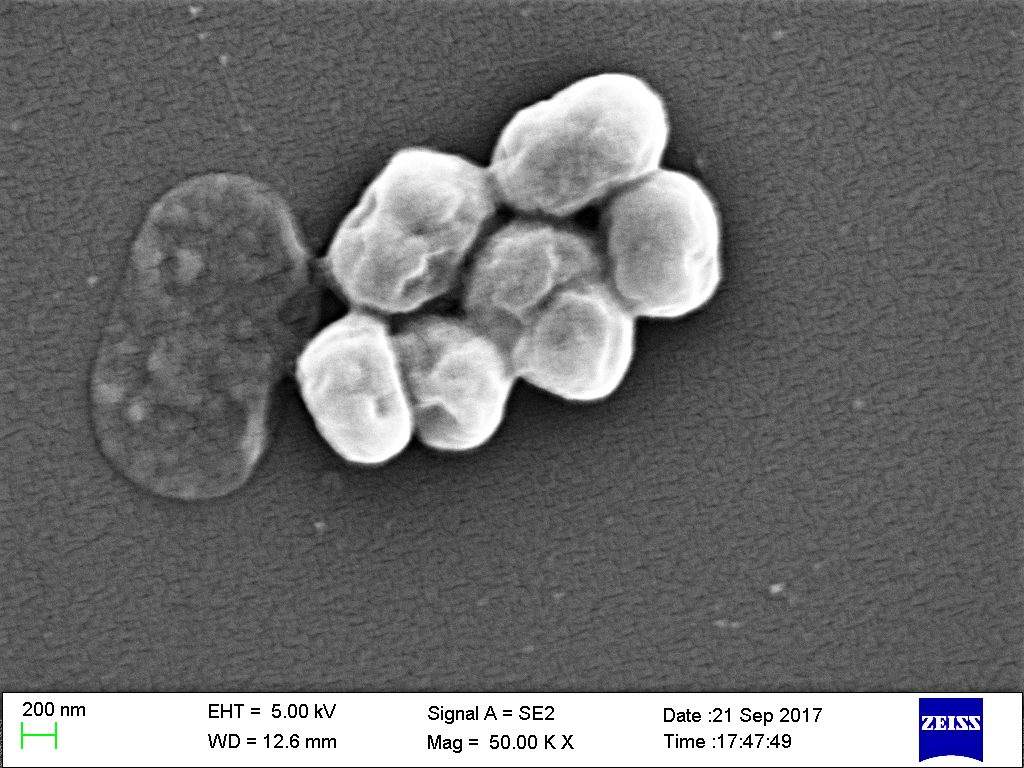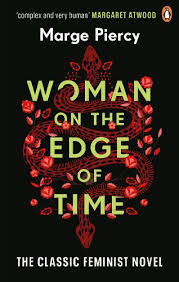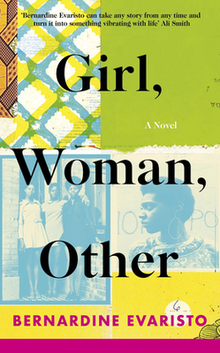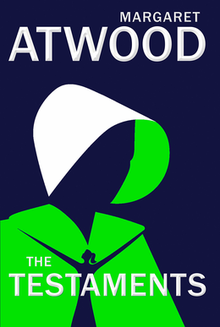Good books have no gender, but I read two books one after the other, and they a direct embodiment of “female” and “male” literature:
* The Cruel Prince by Holly Black – action in the Fay kingdom. Magic as a source of energy – she waved her hand, muttered incantations and made a horse out of wands. A lot of different relationships – siblings, fathers and children, romantic love, intrigues, betrayals. I started out sceptical and got carried away.
* Jack Four by Neal Ascher – no relationships, except “the enemy turned out to be a friend”, with almost no dialogue. Science as a source of energy – he waved his hand, muttered a code word for AI, and the printer began to print a gun. It starts with a rape, then a lot of blood, something like a robinsonade or a computer quest with a detailed description of the items the hero collects.
Closer to the end, the hero has sex with a woman but concludes that “it was a monkey business” and devotes the rest of the book to trying to kill her. In the spirit of feminism, she runs an orbital station specializing in the slave trade and decides to make a sex slave out of the hero – as you do.
I didn’t read multi-page descriptions of how someone soaked blow-by-blow missed.
An alien who produces children alone is called a “father”. Typical male fiction that tries to be less sexist but comes out as usual.













